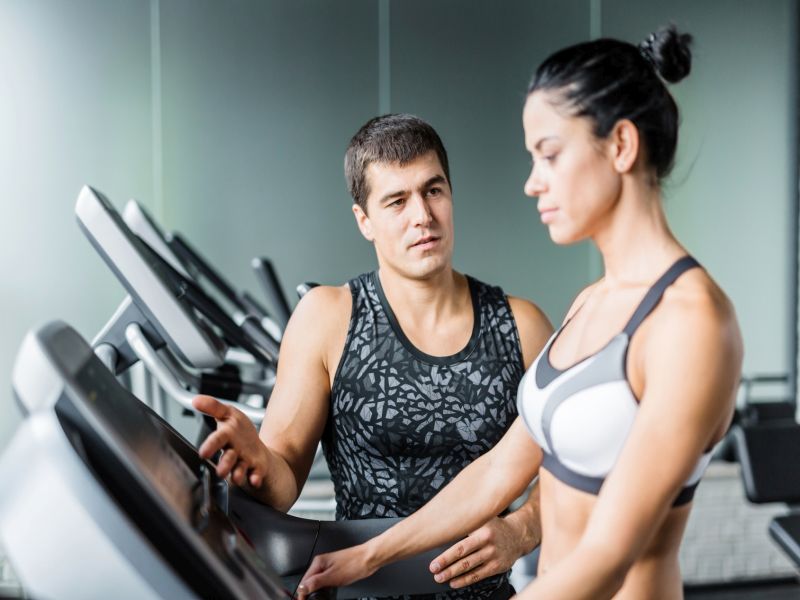THURSDAY, May 3, 2018 (HealthDay News) — When it comes to both fun and efficiency, cross-country skiing is an exhilarating, high-calorie burner. It’s a lot less expensive than downhill skiing — all you need are the skis and a flat, snowy trail.
But you can get the same benefits any time of year with a home Nordic or cross-country ski machine when you work your arms and legs simultaneously. This upper-and-lower body workout is also low-impact, meaning minimal stress on your joints.
Getting used to the coordinated arm and leg movements may require some time — arms and legs move opposite each other as you take strides. As you shop for a classic cross-country ski machine, look for the features that may make it easier for you to get the hang of it.
For instance, a machine with an arm pulley system rather than poles offers a smoother movement. A hip pad that you can adjust to your height may also make maintaining the proper posture more comfortable. Wider skis can help you feel steadier on the machine. For increasing difficulty as you progress, look for a flywheel for upper-body resistance and an incline adjustment for the base.
Newer entries into the home machine marketplace offer a full body Nordic style workout with a streamlined, high-tech appearance.
At first you may want to work your legs only. Lift one heel to pull the ski forward; the other ski lifts just as the first one slides back. When you add arms, remember that you move right arm/left leg and left arm/right leg.
Start with a 5-minute warm-up, 10 to 15 minutes of skiing and then a 5-minute cool-down. To build endurance, shorten your stride as you increase speed.
More information
ESPN has a fact sheet on both indoor and outdoor cross-country skiing, including technique tips.
Copyright © 2025 HealthDay. All rights reserved.

